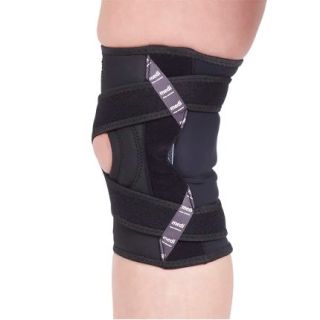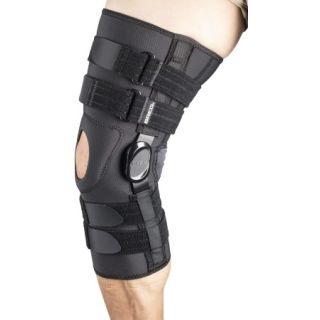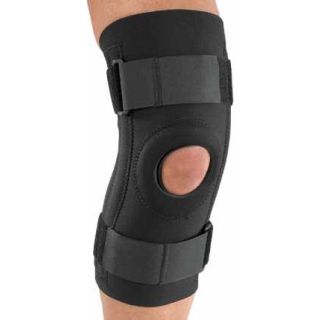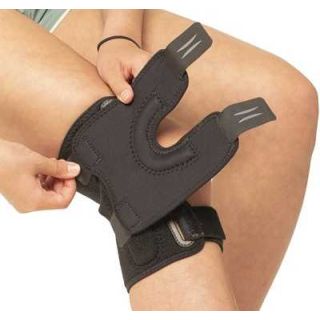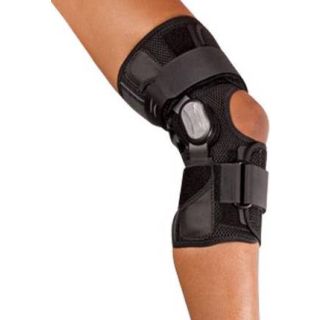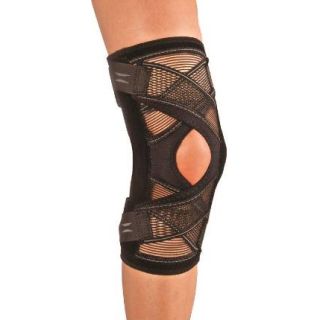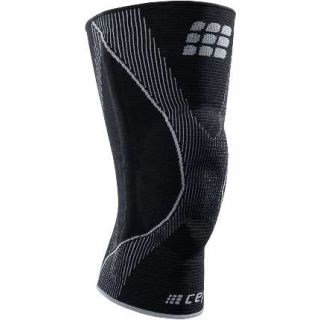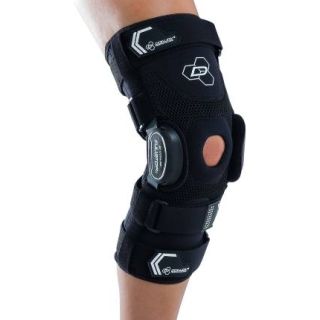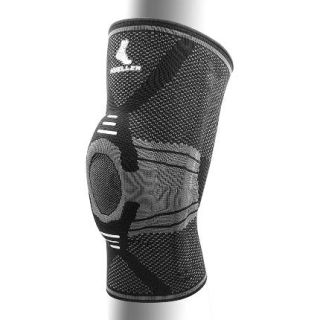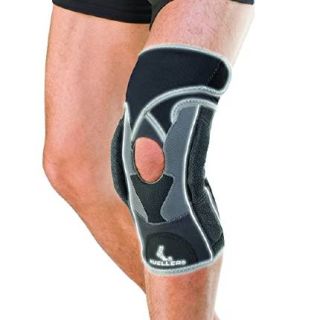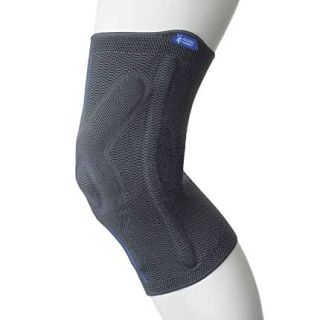Knee Brace for Soccer: The Ultimate Guide to Soccer Knee Braces
Soccer, known as the beautiful game, is a thrilling blend of speed, skill, and physicality. But with its rapid sprints, sharp cuts, and high-impact tackles, it’s also a sport that puts significant strain on the knees. Knee injuries, such as ACL tears, MCL sprains, and patellar tendonitis, are very common. They can keep players out of action, from youth leagues to professional teams.
A knee brace for soccer or soccer knee brace can be a game-changer, offering support, stability, and peace of mind. This guide explains why you need a soccer knee brace to help protect your knees. It covers how to prevent injuries, recover from them, and manage chronic knee problems. You will also learn what to look for and the best options available.
Why Soccer Players Need a Knee Brace
The knee is a powerhouse joint, absorbing forces up to six times your body weight during a soccer match. It depends on ligaments (ACL, MCL, PCL, LCL), tendons, and cartilage to meet the sport’s needs. For example, consider a midfielder’s quick pivot or a striker’s powerful shot.
Research shows that knee injuries make up 15-25% of soccer injuries. The ACL is especially likely to tear from twisting or awkward landings.
Female players have a 2 to 6 times higher risk of ACL injuries than male players. This is due to biomechanical and hormonal factors. Goalkeepers often suffer from meniscus damage because of diving.
A knee brace for soccer serves several key roles:
- Injury Prevention: Stabilizes the knee joint during high-risk moves like cutting or jumping.
- Post-Injury Support: Protects healing ligaments or surgical repairs, such as after an ACL reconstruction.
- Pain Management: Eases discomfort from overuse conditions like jumper’s knee.
- Enhanced Confidence: Boosts proprioception (joint awareness), helping players trust their movements.
From weekend warriors to pros, a well-chosen soccer knee brace can keep you on the field longer and stronger.
What Makes a Great Soccer Knee Brace?
Soccer’s unique demands—speed, agility, and endurance—require a knee brace that supports without slowing you down. Here’s what to prioritize in a knee brace for soccer:
- Lightweight Construction: Bulky braces hinder sprints; opt for materials like neoprene, nylon, or carbon fiber.
- Range of Motion: Flexible hinges or soft designs should allow kicking and running without restriction.
- Stability Features: Straps, side supports, or hinges prevent lateral wobbles or hyperextension.
- Breathability: Moisture-wicking fabrics combat sweat during 90-minute matches.
- Secure Fit: Adjustable straps or custom sizing ensure the brace stays put through slides and tackles.
- Durability: It must endure muddy pitches, cleat friction, and frequent wear.
With these criteria in mind, let’s dive into how to use a soccer knee brace effectively.
Using a Soccer Knee Brace Effectively
To maximize your soccer knee brace:
- Fit Properly: Adjust it snugly but not tight—check for circulation and comfort.
- Warm Up: Stretch and jog lightly before strapping on to prep your knee.
- Integrate with Gear: Ensure it works under shin guards and doesn’t rub against cleats.
- Clean Regularly: Wash per instructions to avoid odor and maintain elasticity.
- Seek Guidance: Consult a doctor or trainer to align the brace with your injury or goals.
Final Thoughts
A knee brace for soccer isn’t just gear—it’s a teammate that keeps you in the action. The DonJoy FullForce leads as a soccer knee brace for ACL protection and performance, while the Medi Genumedi Knee Brace excels for subtle support.
The Donjoy Armor caters to elite needs, and the McDavid PSII hinged knee brace offers budget-friendly reliability. Whatever your role on the pitch—striker, midfielder, or goalkeeper—the right knee brace for soccer ensures you can dribble, tackle, and score without worrying about your knees. Invest in your game, and keep playing soccer protected with every step.
DME-Direct carries a full selection of knee braces and ankle brace/ankle support products for soccer use.
 Details$87.99 $73.99
Details$87.99 $73.99 Details$192.99 $168.99
Details$192.99 $168.99 Details$48.99 $39.99
Details$48.99 $39.99 Details$73.99 $62.99
Details$73.99 $62.99 Details$153.99 $141.99
Details$153.99 $141.99 Details$85.52 $74.99
Details$85.52 $74.99
 Details$249.99 $195.99
Details$249.99 $195.99 Details$89.99 $78.99
Details$89.99 $78.99 Details$89.99 $78.99
Details$89.99 $78.99 Details$79.99 $70.99
Details$79.99 $70.99 Details$94.99 $86.99
Details$94.99 $86.99
